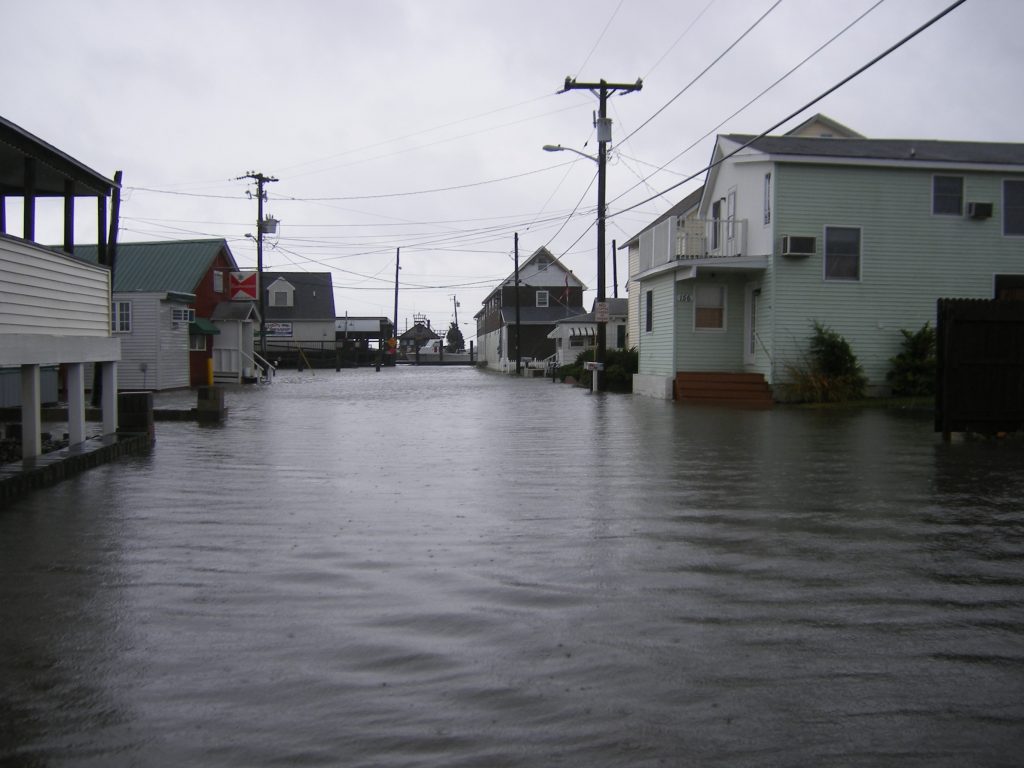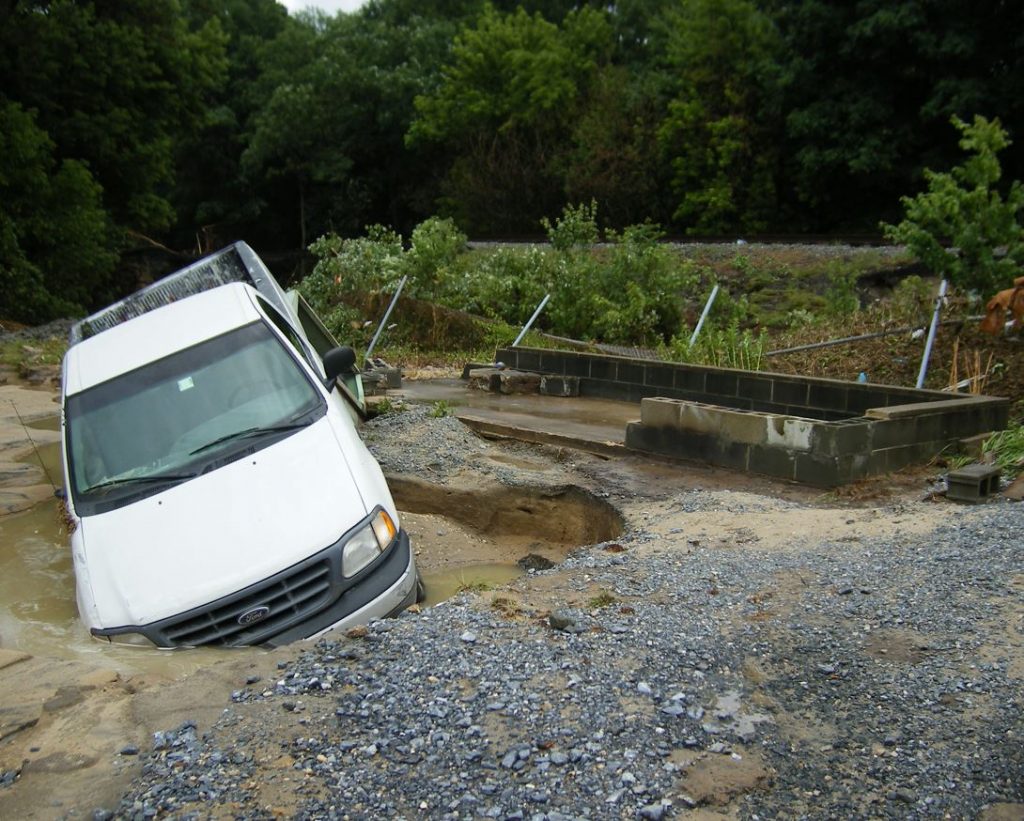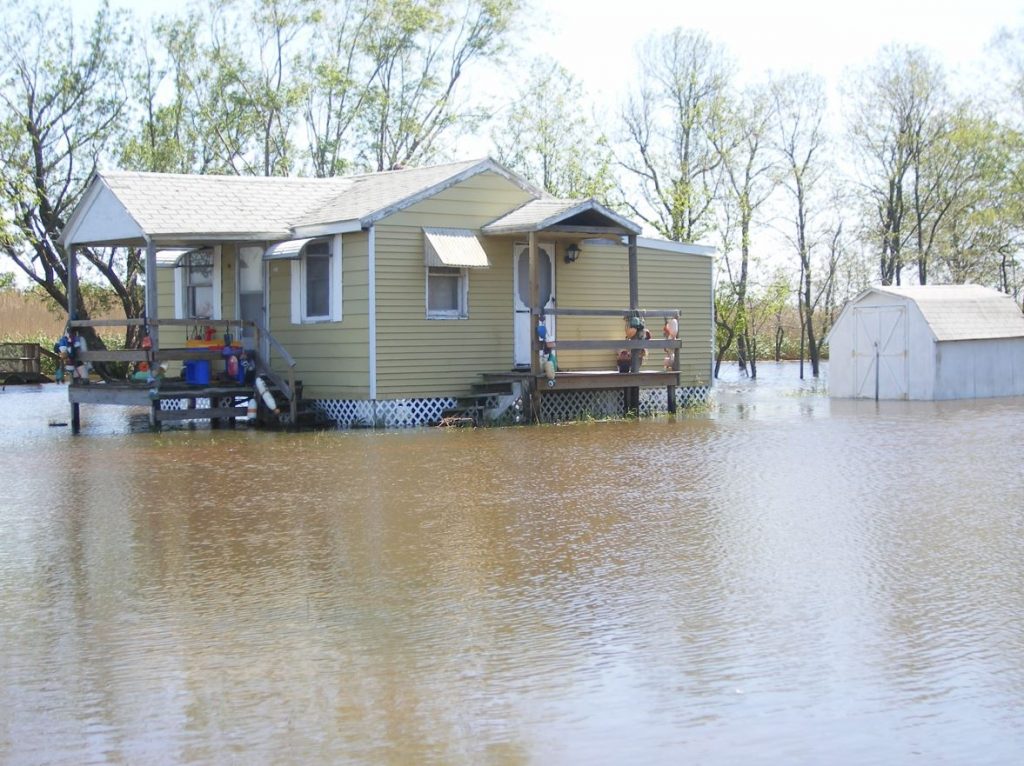By Katharyn Potter

The 2024 Atlantic Hurricane season, which begins June 1, is expected to be hyperactive, according to Colorado State University’s hurricane forecast issued on April 4. Likewise, the hurricane forecast from AccuWeather on March 27 stated the hurricane season is expected to be “super-charged” and “explosive.” AccuWeather states “all signs continue to point toward the upcoming season being worse than the last, with the potential for the 2024 Atlantic hurricane season to rank as one of the most active in history.” The National Oceanic and Atmospheric Administration Climate Prediction Center will release its hurricane forecast in May.
An average season has 14 named storms, which includes seven hurricanes and three major hurricanes. This year AccuWeather is predicting 20 to 25 named storms and four to seven major hurricanes. Hurricanes and tropical storms are less likely to impact Delaware than nor’easters, which occur from the fall through the spring. However, these storms may impact the state with shorter durations but more extreme storm surges and rainfall.
Flooding is the most common and costly disaster in the United States and can happen anywhere it rains. At any given time, floodwaters can cause millions of dollars in damage.
This means that you should start preparing for precipitation and wind, in addition to flooding. But not just for hurricanes – with more severe storms, sea level rise and other factors linked to climate change, flooding can occur almost any time. Plus, Delaware is the lowest-lying state in the nation.
So how can you protect against flooding? Gov. John Carney has declared May 20 through 24 Delaware Flood Awareness Week, with the Delaware Department of Natural Resources and Environmental Control, the Delaware Emergency Management Agency and the Federal Emergency Management Agency partnering to alert Delawareans to increasing flood risks we face in the First State.
Flooding can impact anyone, whether they live in or out of a mapped floodplain. The Federal Emergency Management Agency estimates that just one inch of flooding can cause up to $25,000 in damage to a home. If you are prepared, and know your flood risk, you can take steps now to lower that risk to your family and property.

Delaware is a member of FEMA’s National Flood Insurance Program (NFIP). Flood insurance provides financial security and ensures quick recovery of personal property from flood damage.
DNREC’s Floodplain Management Program assists 50 communities in the state now participating in NFIP. Each of these communities has adopted a floodplain ordinance that meets or exceeds the minimum requirements by the NFIP for development in the 100-year floodplain – which equates to a 1% annual chance of flood or the base flood.
Coordinating with FEMA, the floodplain management program supports communities enforcing NFIP floodplain management standards in keeping with federal regulations, while also promoting adoption of higher standards to reduce flood risk. Recently, the program introduced the interactive Delaware Flood Planning Tool to help Delawareans make informed decisions on their specific area or property.

Another resource is the Delaware Homeowner’s Handbook to Prepare for Natural Hazards by DNREC, DEMA and Delaware Sea Grant, which advises homeowners on actions they can take to help protect their properties from flooding.
For a one-stop resource list, all in one place, Floods: Are You Prepared? provides even more helpful information.
Knowing your flood risk and getting flood insurance if you need it are the best ways to be prepared. Flooding is a year-round threat, and just a few inches of rainfall can cause significant damage to homes and businesses and also where coastlines are vulnerable to flooding from storm surges or tides during hurricanes and other coastal storms.
Having the right information, before flooding occurs, can make all the difference.
So, do you think you’re prepared? Take our flood quiz to find out.
Katharyn Potter is the National Flood Insurance Program coordinator for Delaware with the DNREC Division of Watershed Stewardship. A version of this article was published in 2022. It has been updated for 2024.